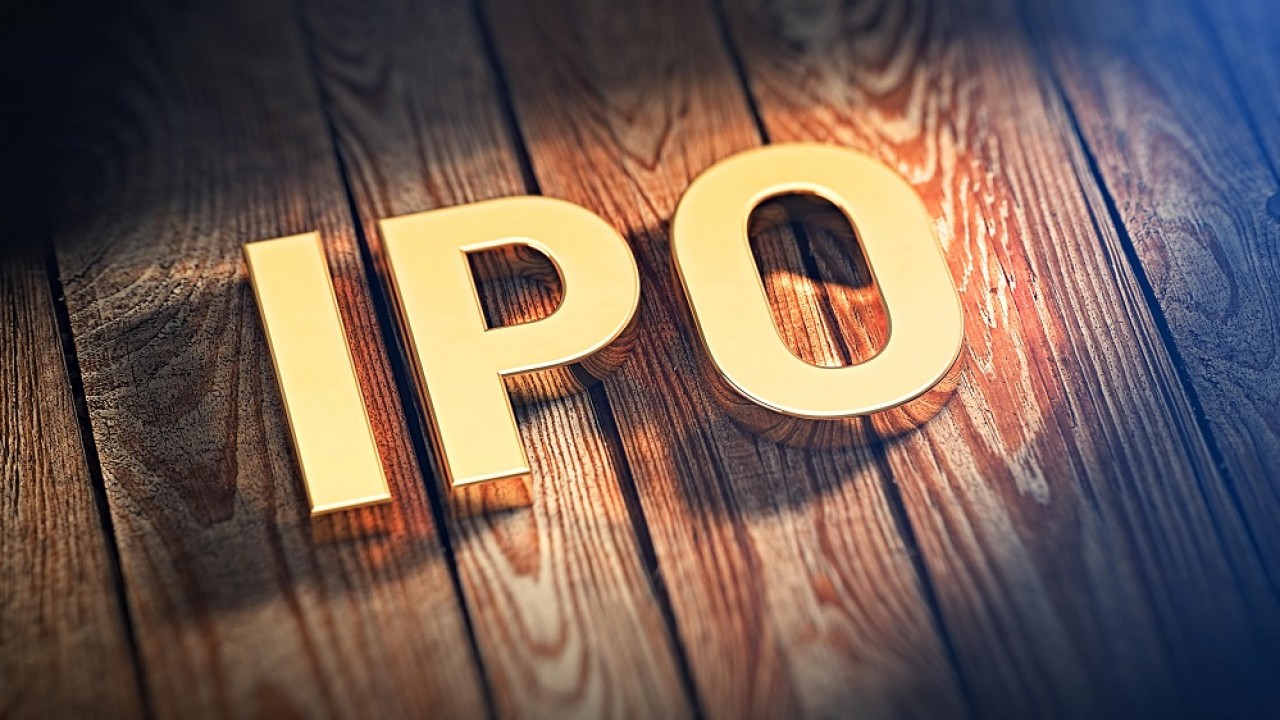Mainline IPO vs SME IPO: Key Differences, Risks & Returns Explained

Investing in the stock market can be rewarding, especially if you get in early on a promising company through an IPO (Initial Public Offering). However, before diving in, it's crucial to understand the different types of IPOs available—particularly the Mainline IPOs and SME IPOs. Both offer unique opportunities and risks, and choosing the right one depends on your financial goals and risk tolerance.
In this blog, we'll explore the key differences between Mainline IPO and SME IPO, discuss the risks involved with SME IPOs, and offer a beginner-friendly IPO investment guide.
What is a Mainline IPO?
A Mainline IPO is when a large or established company offers its shares to the public through the main board of stock exchanges like the NSE (National Stock Exchange) or BSE (Bombay Stock Exchange). These companies typically have a strong financial history, wider public recognition, and more regulatory scrutiny.
Features of Mainline IPOs:
Upcoming IPO Watch
Listed on NSE/BSE main boards
Typically well-established companies
Requires a minimum issue size (as per SEBI norms)
Widely covered by analysts and media
Attracts institutional and retail investors alike
What is an SME IPO?
An SME IPO (Small and Medium Enterprise IPO) is launched by smaller, often younger businesses seeking capital for growth. These companies list on the SME platform of NSE (Emerge) or BSE (SME). While they offer significant upside potential, they also come with higher risk.
Features of SME IPOs:
Listed on NSE Emerge or BSE SME platform
Lower market capitalization
Smaller issue sizes (₹10 crore to ₹50 crore typically)
Minimum investment lot is higher (ranging from ₹1–2 lakh)
Limited analyst coverage and lower liquidity
Mainline IPO vs SME IPO: Key Differences
Factor
Mainline IPO
SME IPO
Exchange Platform
NSE/BSE Main Board
NSE Emerge or BSE SME
Company Size
Large & established
Small & medium enterprises
Minimum Investment
Lower (₹15,000–₹20,000)
Higher (₹1–2 lakh per lot)
Listing Requirements
Stricter, highly regulated
Relatively relaxed norms
Market Liquidity
High
Low
Investor Participation
Retail, QIBs, HNIs
Mostly HNIs & retail
Risk Level
Moderate
High
Potential Returns
Stable or moderate gains
High gains or high losses
Understanding these differences helps investors choose wisely based on their investment capacity, risk appetite, and financial goals.
SME IPO Risk: What Investors Must Know
While SME IPOs can deliver massive listing gains, they also carry significant risks. Here are some potential pitfalls to watch for:
Low Liquidity
After listing, SME stocks often see limited trading activity. Exiting your position can be challenging without a buyer, especially in bearish markets.
Lack of Transparency
Many SME companies do not have long financial histories or comprehensive disclosures. Due diligence is harder compared to Mainline IPOs.
High Volatility
Price swings can be dramatic—both upward and downward—due to smaller market caps and lower trading volumes.
Limited Analyst Coverage
SME IPOs are often not tracked by major brokerage houses, making research and evaluation difficult for retail investors.
IPO Investment Guide: How to Choose Between Mainline & SME IPO
If you're a first-time IPO investor, here’s how you can approach the decision between Mainline and SME IPOs:
✅ Start with Mainline IPOs
These are safer and provide a more transparent entry into equity markets. They're ideal for conservative or first-time investors.
✅ Evaluate Company Fundamentals
Whether SME or Mainline, always read the DRHP (Draft Red Herring Prospectus). Look at revenue growth, profitability, debt levels, and business model.
✅ Understand the GMP (Grey Market Premium)
While not officially endorsed, GMP gives a hint about the expected listing price. But don’t rely solely on GMP—use it as one of many evaluation factors.
✅ Watch for Red Flags
Avoid IPOs where:
The company has no clear growth strategy.
Financials are inconsistent or manipulated.
Promoters have poor track records.
✅ Diversify Your Investments
Don’t put all your funds into a single IPO. Spread your capital across 2–3 well-researched issues over time.
Returns Comparison: Real-World Examples
📈 Mainline IPO Example – LIC IPO
Though it was the biggest IPO in India, LIC’s stock didn’t perform as expected post-listing, highlighting the need for careful valuation.
🚀 SME IPO Example – IdeaForge Technology (2023)
Listed with over 90% premium, IdeaForge showed how high SME IPO returns can be—but remember, such gains are rare.
Conclusion: Which One is Better for You?
There’s no one-size-fits-all answer. If you prefer stability and lower risk, go for Mainline IPOs. If you’re willing to take higher risks for potentially higher rewards, SME IPOs might be worth exploring—but only after proper research.
Whether you're just starting or already active in the IPO space, understanding the difference between Mainline IPO vs SME IPO is crucial for successful investing.
Final Tips:
Use platforms like https://upcomingipowatch.in/ to track latest IPOs, GMP updates, and allotment results.
Don’t chase every IPO—focus on quality over quantity.
Keep learning. The more informed you are, the better your decisions will be.
Note: IndiBlogHub features both user-submitted and editorial content. We do not verify third-party contributions. Read our Disclaimer and Privacy Policyfor details.



